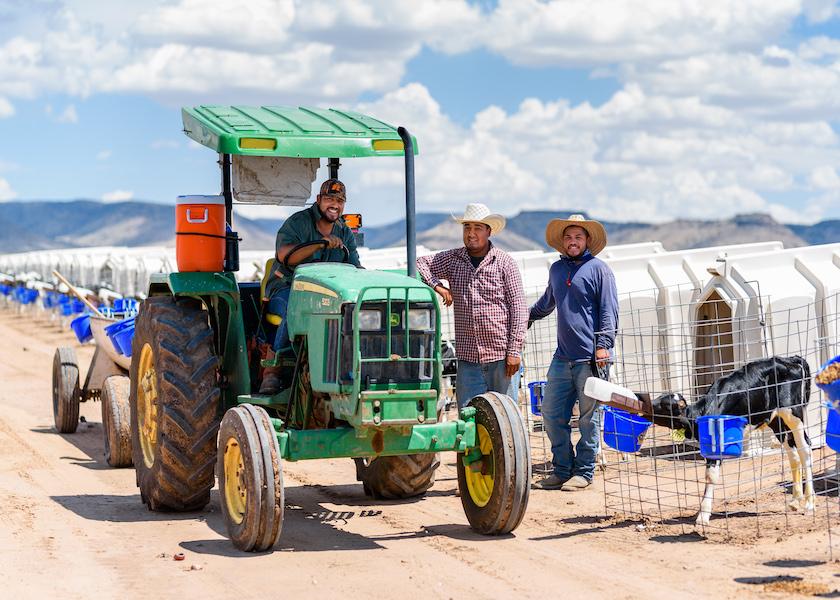Keep Farm Employees Safe Around Large Equipment

Unfortunately, we all know someone who has been hurt or even killed in a farm-related accident. It happens all too often, with agriculture ranking as one of the top deadliest industries to work in. According to a 2019 U.S. Bureau of Labor Statistics study, 573 fatalities, or an equivalent of 23.1 deaths per 100,000 workers, occur on the farm each year. And sadly, that number continues to rise.
Farm employees are a critical piece of our operation and keeping them safe should be every farm’s top priority. However, accidents can happen in the blink of an eye, especially when large equipment is involved. John Shutske, Professor and Agricultural Safety & Health Specialist at the University of Wisconsin-Madison, provides these suggestions when it comes to keeping your team safe.
“Some producers think that safety training will just result in eye rolls from their team or seem like a waste of time. Others think that it’s intimidating, boring, or unnecessary. However, safety training doesn’t have to be that way,” Shutske says. “At its best, safety training is a way to build stronger relationships with workers and show them you care deeply about their well-being.”
He suggests implementing ‘tailgate trainings’ to help ward off accidents and keep employees well informed. These training sessions don’t necessarily have to take place on the tailgate of your favorite farm truck, but they should be something you incorporate on your farm regularly. Shutske recommends the following when it comes to conducting these safety trainings:
Keep groups small. Work with employees individually or in groups of no more than 5 to 10 people. This will allow employees to ask questions and receive one-on-one training if necessary.
Keep sessions short. Long, drawn-out training sessions are often inefficient and confusing. Instead, Shutske suggests keeping these meetings to just 15 minutes while focusing on one to two topics or specific skills.
Ask for topic suggestions. It’s important to make training sessions specific to your farm. Ask employees what questions they have or skills they should improve on. They may bring new ideas to the table that you haven’t thought of.
Provide handouts. English is not always the first language for farm employees. Consider providing handouts with pictures or graphics as well as information in their native language. Shutske recommends keeping text to a minimum.
Keep employees engaged. Save time towards the end of the training sessions for conversation, questions, and stories, but make sure to stay on topic.
“Listen for unexpected stories or ideas, especially those that are potential barriers to safe behaviors, such as specific reasons why employees take unsafe shortcuts or fail to wear a certain type of protective equipment. Such feedback enables you to make needed changes. You’re also confirming that you’re receptive to the concerns of team members,” Shutske adds.
Make meetings regular. While most large machinery farming accidents happen during the planting and harvest season, it’s important to remember that disaster can strike at any moment. Therefore, it’s important to keep safety training sessions regular. Shutske suggests conducting meetings either weekly or biweekly so they become an expectation for employees.







